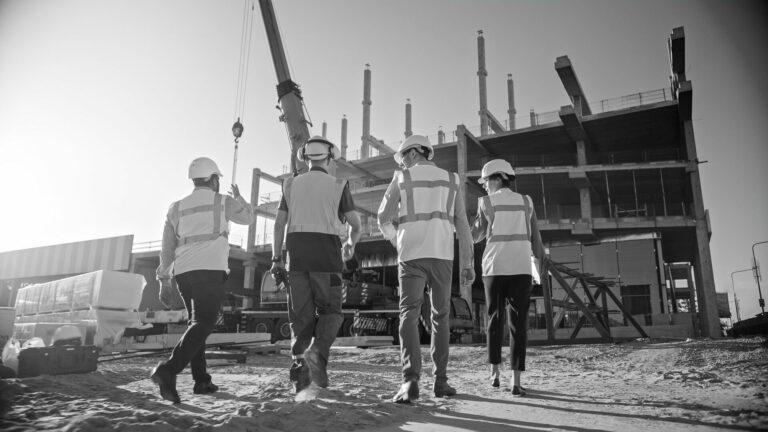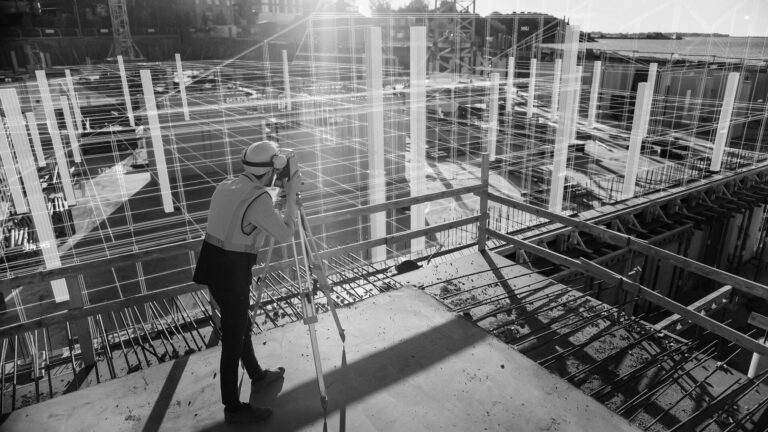The construction industry contributes much to society. Infrastructure networks, road, rail bridges and housing; all these elements of our world are unrecognizable thanks to the innovation and hard work of those within the industry. Without the engineering and scientific breakthroughs that the construction world has helped to develop, the world would be a far different place. It is not all positivity, however. Due to the materials and manufacturing processes involved, construction also brings with it an environmental impact that is impossible to ignore. Recent figures suggest the construction work, both new and existing buildings, contribute around 37% of all global carbon emissions. In a landscape where these figures are scrutinized heavily, this is not a good thing.

Much is being done to address this issue, however. Processes are continuously being streamlined and upgraded to ensure a greater level of efficiency while sustainable materials are being sourced to reduce the largest impact. While every element of the industry needs to move in the right direction, it is this final point that needs to be addressed most urgently. The materials used across the construction industry are some of the single biggest contributors of carbon on the planet.
Cement is big business. In fact, it might be more accurate and fairer to say that it is big, dirty business. Around a quarter of the industry’s emissions come from this material alone. Drilling down further, this equates to 8% of global CO2 emissions, or around three billion tons of carbon a year. While it is ubiquitous on the construction landscape, that does not mean that it should remain untouchable. One of the main problems with the material is that limestone and other fossil fuels are burned during its production. While alternatives are continuously being created, many of these materials fail due to any number of problems. Notwithstanding the actual strength of the substances, alternatives are either too expensive or difficult to produce to be considered genuinely viable options. For a long time now, scientists and engineers have struggled to come up with alternatives that are cleaner and more sustainable. However, success may be right around the corner.
Olivine is an abundant mineral found just under the surface. Known in its purest crystalline form as peridot, olivine is mainly magnesium silicate. Civil and environmental engineers at Imperial College London have turned to this mineral that is found in abundance not far below the soil we walk on. Through a complex process, a silica is produced that can be used as a cement substitute and as a binder or filler in other low-carbon construction products such as bricks, blocks and board. It comes as a result of a discussion two PhD students had about the potential of the material. Sam Draper, studying cementitious substitutes, wanted to know: could the silica that Barney Shanks had produced as part of his research into magnesium-based cements be used to make a carbon-neutral cement mix?
The result is Seratech, founded in July 2021. The product is what’s known as a supplementary cementitious material (SCM). SCMs are already very popular in the industry with fly ash and GGBS being the most common. The groundbreaking aspect of this new product is that, due to its highly carbon-negative nature, the cement produced is carbon-neutral and possibly carbon-negative. “The process requires less energy than other low carbon cement processes and consumes its own CO₂ emissions. The patented process is unique, and the products can be used without modifying customer’s plants, within the existing standards framework and at competitive market prices.”
“The process requires less energy than other low carbon cement processes and consumes its own CO₂ emissions. The patented process is unique, and the products can be used without modifying customer’s plants, within the existing standards framework and at competitive market prices.”
So how does the process work? By crushing and processing olivine by adding CO2 which has been sourced directly from industrial sources, two separate compounds are produced. As Shanks explains, this is where the true sustainable benefits emerge. “One is a silica powder, or engineered pozzolan, which can be added to cement, while the CO2 ends up permanently sequestered within a by-product – magnesium carbonate.”

While this all sounds positive, the true test of the product will be in its usage. With that in mind, how likely is this new addition to replace traditional Portland cement? As the product is still in the lab research stage so much of that is yet to be seen, but its numbers are looking good. Curing times are similar while there is little difference in strength. As Draper explains, for those within the construction industry, the transfer to this material should be a seamless one. “So far we think that there should be little difference between a standard concrete, and that made with our product. Curing times would be similar – as would strength. In fact, as far as the construction industry is concerned, they don’t need to do anything. No adjustment to plant or machinery should be needed. The idea is that nobody would notice the difference. What makes our product unique is that it can be used like ordinary cement – so as part of mixes for precast or in-situ concrete – it makes no difference.”
Traditionally, the construction industry has been reluctant to deviate from the tried and trusted material. While adaptations can be made across a number of areas, concrete comes with an almost untouchable reputation. However, early indications are that the industry might be on board with this product. Seratech was recently awarded the ‘Most Promising Solution for the Built Environment’ at the Innovation Zero awards. Innovation Zero was set up to accelerate meaningful action towards a low carbon economy and society. By building and connecting a global network of innovators, funders, policymakers. The event, and Seratech’s award, is designed to give a platform to leaders who inspire change. Paul Dunne, Innovation Zero CEO explained how Seratech, alongside awardees in other categories, are providing the pathway for a more sustainable and viable future. “Our inaugural Innovation Zero Awards provided a significant showcase for collaboration and innovation and highlighted the exciting solutions and cutting-edge low carbon technologies that are helping to fight the climate crisis. I’m sure that all our winners and shortlisted entries will provide further inspiration to innovators, corporate sustainability leaders, investors and policymakers and we are looking forward to seeing the positive impact these solutions will have on our journey towards achieving net zero.”



















